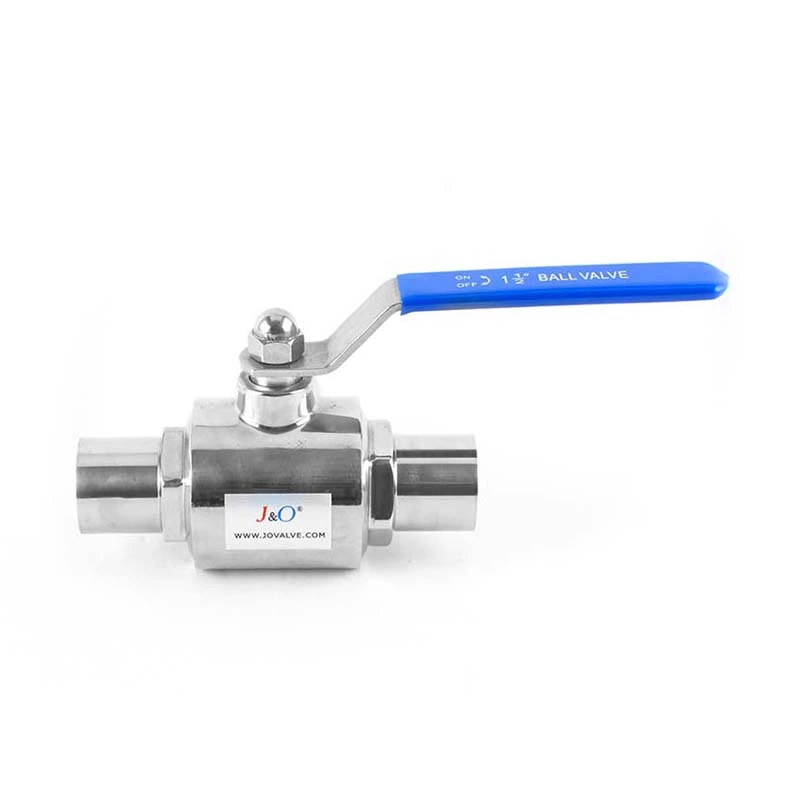Application Of Sanitary Quick-release Ball Valve In Water Treatment
Sanitary Ball Valve is favored by customers due to its stable reliability. Recently, a batch of stainless steel ball valves and stainless steel stop valves were sent to customers, and customers felt very satisfied after using them.
The water treatment industry is a major trend of my country's future development. Sanitary ball valves and stainless steel series valves will be used more and more widely. More customers will replace old pipes with stainless steel pipes due to the country's attention to environmental protection, food and beverage industries. In the future, all pipes, valves, flanges and other items related to people's consumption will be made of stainless steel SUS304 or good SUS316.
In order to ensure the sealing performance of the sanitary quick-install ball valve when the medium working pressure is low, a pre-tightening pressure ratio must be formed between the ball and the sealing seat. In the rigid sealing seat, the reliability and service life of the sanitary ball valve; the pre-compression amount of the sealing seat is correctly selected. In order to ensure the sealing performance of the stainless steel ball valve when the medium working pressure is low, a pre-tightening pressure ratio must be formed between the ball and the sealing seat. In the rigid sealing seat, the reliability and service life of the sanitary ball valve; the pre-compression amount of the sealing seat is correctly selected.
Insufficient pre-compression can not guarantee the low-pressure sealing of sanitary quick-install ball valves: excessive pre-compression will increase the friction torque between the ball and the sealing seat, affecting the performance of the stainless steel ball valve; and may cause plastic deformation of the sealing seat, resulting in sealing failure. For polytetrafluoroethylene sealing seats, the pre-tightening pressure ratio should generally be 0.1PN and not less than 1.02MPa.
Inspection requirements for sanitary quick-release ball valves:
1. According to processing requirements, some parts need to be polished, and there should be no processing burrs on the surface;
2. All parts are degreased;
3. After degreasing, the sanitary quick-release ball valve is pickled and passivated (the cleaning agent does not contain phosphorus);
4. After pickling and passivation, rinse with pure water, and there should be no residual reagents (this step is omitted for carbon steel parts);
5. Wipe each part with non-woven cloth, and there should be no lint on the surface of the parts, or blow dry with clean nitrogen;
6. Wipe each part with non-woven cloth or precision filter paper dipped in analytical pure alcohol until there is no dirty color;
7. The assembled stainless steel ball valve is purged with nitrogen for at least 1 minute;
8. The airtight test is performed with pure nitrogen;
9. After the airtight test is passed, it is encapsulated and sealed with a clean polyethylene cap. The polyethylene cap should be soaked in an organic solvent before use and wiped clean;
10. Then seal it with a vacuum bag.
